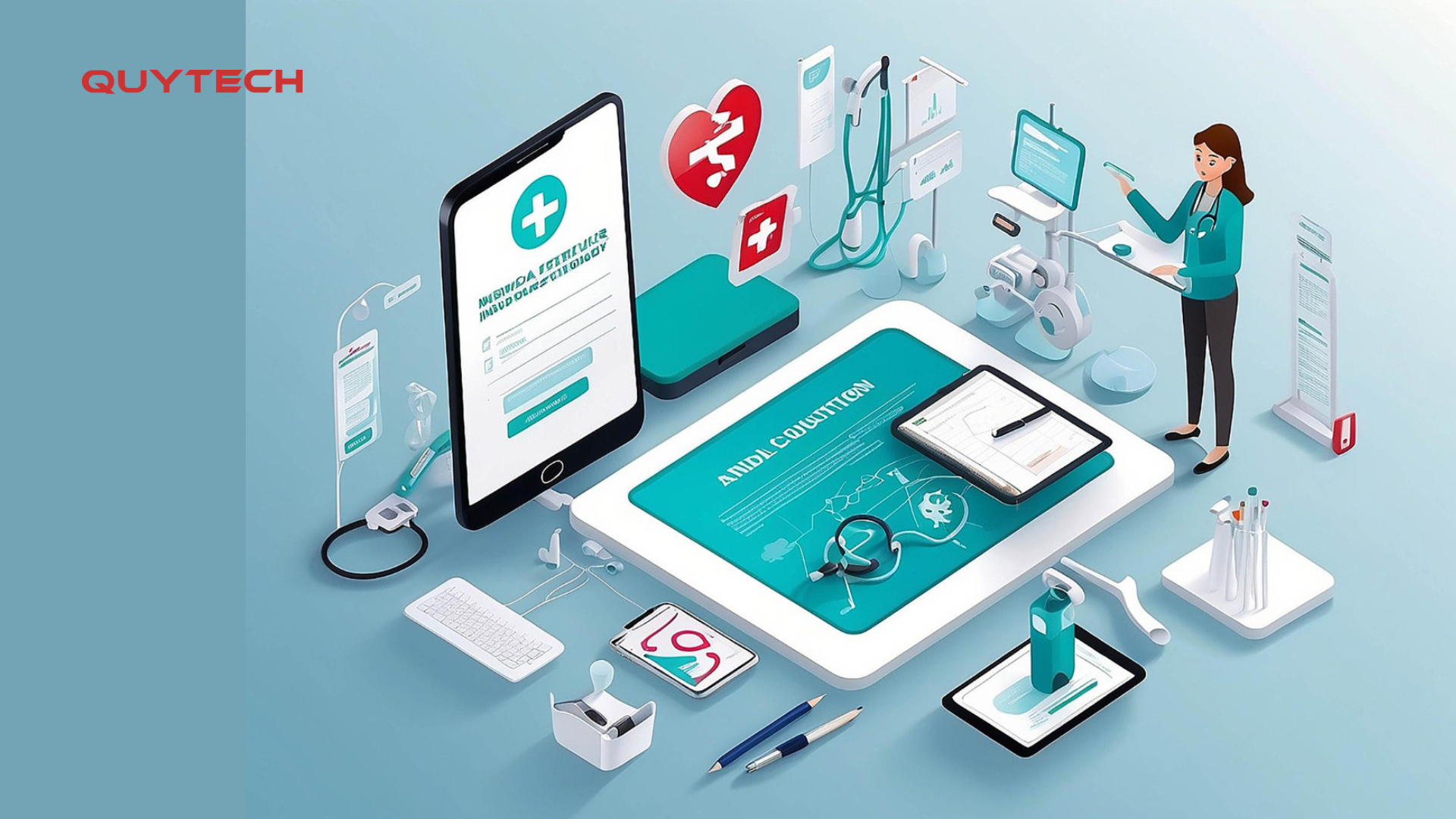
The rapid evolution of digital technology has significantly impacted various sectors, with healthcare being one of the most prominent beneficiaries. The development of healthcare apps has revolutionized patient care, streamlined medical processes, and improved overall health management.
However, developing a healthcare app comes with its own set of challenges, particularly concerning cost. Understanding the factors that influence the cost of healthcare app development is crucial for healthcare providers, startups, and established companies.
This article explores these factors, providing insights into what drives the cost and how to effectively manage it.
1. Type of Healthcare App
The type of healthcare app significantly impacts development costs. Apps can range from telemedicine and appointment booking to chronic disease management and fitness tracking. Each type has distinct features and complexity levels:
- Telemedicine Apps: These require real-time video calling capabilities, secure messaging, and integration with electronic health records (EHR).
- Appointment Booking Apps: These focus on scheduling, reminders, and calendar integration.
- Chronic Disease Management Apps: These need features for monitoring vital signs, medication reminders, and data sharing with healthcare providers.
- Fitness Tracking Apps: These often integrate with wearable devices and provide real-time analytics and tracking.
2. Features and Functionality
The complexity and number of features directly influence the cost of development. Key features that can drive up costs include:
- User Authentication: Secure login mechanisms, including multi-factor authentication.
- EHR Integration: Ensuring the app can integrate seamlessly with existing electronic health records.
- Real-time Communication: Features like video conferencing, instant messaging, and voice calls.
- Data Security: Implementing encryption, HIPAA compliance, and other security protocols.
- Wearable Integration: Connecting with devices like smartwatches and fitness trackers for real-time health monitoring.
3. Design and User Experience
An intuitive and user-friendly design is crucial for the success of a healthcare app. However, achieving a high-quality user experience (UX) and user interface (UI) can be costly. Factors affecting design costs include:
- Custom Design Elements: Unique UI elements tailored to the app’s functionality.
- Prototyping and Testing: Iterative design processes to refine the user experience.
- Accessibility: Ensuring the app is accessible to users with disabilities, complying with standards like WCAG.
4. Development Team and Location
The cost of hiring a development team varies widely based on their expertise and geographic location. Generally, development costs are higher in North America and Western Europe compared to Eastern Europe, Asia, and Latin America. Key roles in a development team include:
- Project Manager: Oversees the project and coordinates between stakeholders.
- Developers: Specialize in front-end, back-end, and mobile development.
- UI/UX Designers: Focus on the app’s look and feel.
- QA Testers: Ensure the app is free of bugs and performs well.
5. Technology Stack
The choice of technology stack also impacts the cost. Using modern, scalable technologies can be more expensive initially but may save costs in the long run.
Technologies used in healthcare app development include:
- Programming Languages: Swift and Kotlin for native mobile apps; React Native or Flutter for cross-platform development.
- Backend: Node.js, Ruby on Rails, or Django for server-side development.
- Database: PostgreSQL, MongoDB, or Firebase for storing and managing data.
- Cloud Services: AWS, Google Cloud, or Azure for scalable cloud infrastructure.
6. Compliance and Security
Healthcare apps must comply with various regulations to protect patient data and privacy.
Ensuring compliance with standards like HIPAA (Health Insurance Portability and Accountability Act) in the United States, GDPR (General Data Protection Regulation) in Europe, and others can significantly increase development costs. Key compliance and security considerations include:
- Data Encryption: Both at rest and in transit.
- Access Control: Ensuring only authorized users can access sensitive data.
- Audit Trails: Keeping records of all access and modifications to data.
- Regular Security Audits: Conducting periodic reviews to identify and fix vulnerabilities.
7. Maintenance and Updates
Post-launch maintenance and updates are ongoing costs that need to be considered. Regular updates are essential to keep the app compatible with new operating system versions, fix bugs, and add new features. Maintenance costs can include:
- Bug Fixes: Addressing issues reported by users.
- Feature Enhancements: Adding new functionality based on user feedback.
- Security Patches: Regular updates to address security vulnerabilities.
8. Third-Party Integrations
Integrating third-party services and APIs can enhance the functionality of a healthcare app but also add to the development cost. Common integrations include:
- Payment Gateways: For handling in-app payments securely.
- Telehealth Platforms: Integrating with existing telehealth services.
- Insurance Verification: Verifying patient insurance details in real-time.
9. Time to Market
The timeline for developing a healthcare app can influence costs. A shorter time to market may require more resources and result in higher costs. However, taking too long to launch can also be costly due to missed opportunities and prolonged development expenses.
Conclusion
Developing a healthcare app involves a complex interplay of factors that influence the overall cost. By understanding these factors, healthcare providers and developers can better plan their budgets and timelines, ensuring a successful app that meets the needs of users while staying within financial constraints.
Partnering with a reputable healthcare app development company can provide valuable expertise and guidance throughout the development process, helping to navigate the complexities and deliver a high-quality, compliant, and user-friendly app.
For those looking to embark on this journey, it is essential to conduct thorough research and select a healthcare software development partner with a proven track record. By doing so, you can ensure that your investment yields a robust, innovative solution that enhances patient care and operational efficiency.
